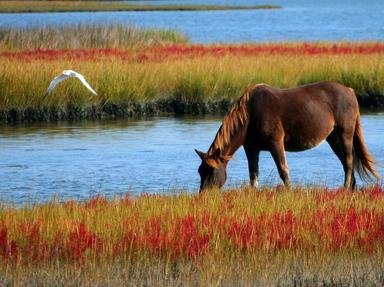Quiz Answer Key and Fun Facts
1. What is the country of origin for Friesians?
2. Studbooks for Friesians will accept any purebred horse, regardless of color and/or markings.
3. Friesian horses share their name - and a good part of their breeding history - with a type of what other animal?
4. When speaking of horses, three general terms are used to describe them - hot blooded, warm blooded, and cold blooded. Which of these three describe the Friesian?
5. Do Friesians usually show better in English or Western disciplines?
6. Which of these groups of people were influential in breeding the Friesian horse we know today?
7. The Friesian horse has feathers.
8. In 1949, "Royal Society The Friesian Studbook" was honored when what royal became their patron/patroness?
9. According to many fanciers, Friesians today fall into one of two categories - the classical/baroque type, and the neo-classical/renaissance type.
10. So called because of their predominant coloring, which of these is an alternate name for the Friesian horse?
Source: Author
NovaLuna
This quiz was reviewed by FunTrivia editor
guitargoddess before going online.
Any errors found in FunTrivia content are routinely corrected through our feedback system.


